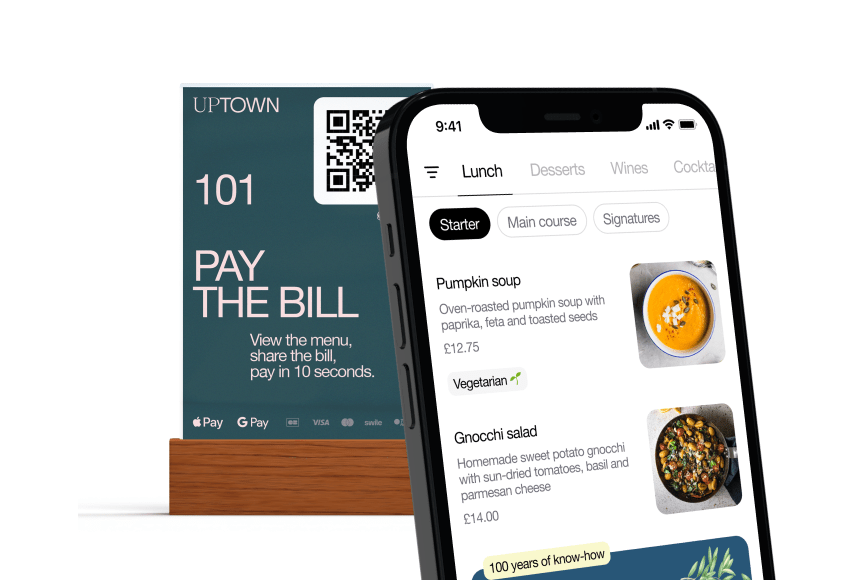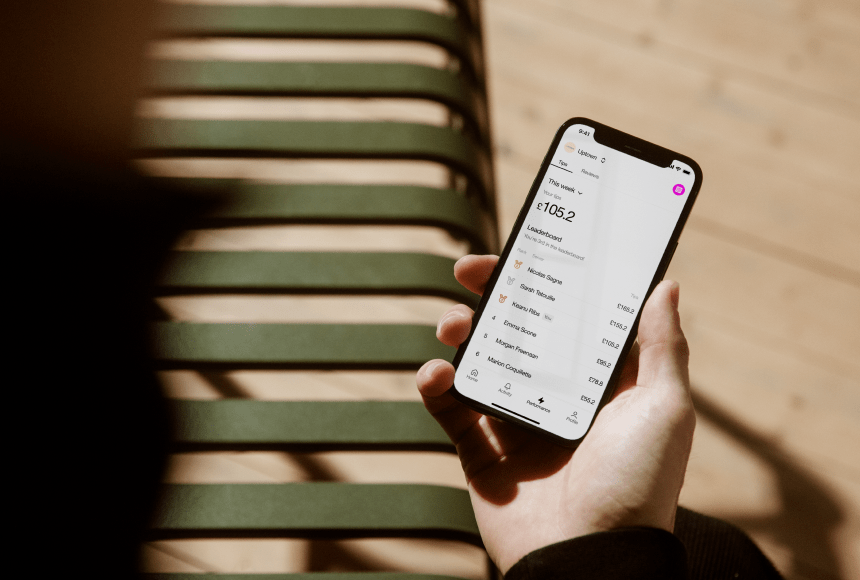
Designing Menus That Encourage Diners to Spend More—Without Sacrificing Hospitality
Why Menu Structure Directly Impacts Revenue
Restaurant owners often pour energy into recipe development or interior ambiance, and rightly so. Yet there’s one key element that quietly shapes customer behavior and sales—the menu. The way you present dishes, arrange categories, and highlight specific items can significantly influence how much diners spend. In fact, according to a study from the Cornell University School of Hotel Administration, strategic menu design can boost restaurant sales by up to 15%. When effectively crafted, your menu does more than just inform guests—it gently steers them toward higher-margin choices and extra courses, raising the average ticket size.
So how do you structure your menu in a way that’s both persuasive and authentic to your brand? Below are practical tactics, from smart pricing strategies to visual layout tips, that help entice diners to spend a bit more. Each step is about making your guests feel welcomed and confident in their choices, not pressuring them with pushy or misleading tactics. Ultimately, a well-structured menu benefits everyone: your customers get a better experience, and you see a healthy lift in revenue.
1. Creating Logical Categories and Flows
One of the first steps is to ensure your menu sections flow in a way that nudges diners to discover—and order—beyond the basics. Think about how guests read your menu. Do they jump from starters to main courses to desserts? Or do they skim for the star items, maybe skip sides?
- Group strategically: Place appetizers, mains, desserts, and drinks in coherent sections. Within those sections, highlight premium items or combos (like a popular main and side) near the top.
- Consider progressive ordering: Some menus open with shared plates or small bites to encourage multiple orders. Then follow with main dishes, upsell sides, and finish with dessert recommendations.
- Avoid overcrowding: Having too many categories or subcategories can overwhelm. Keep it sleek. A well-structured menu with 4–5 main sections is often enough for clarity and variety.
The main idea is to guide diners’ eyes. If you bury a high-margin special in a corner, few notice it. But place it where they naturally look, and you’re one step closer to boosting the average spend.
2. Pricing Strategies That Don’t Scare Diners
Price is a major decision factor, but small tweaks can subtly shape how diners perceive cost and value. This doesn’t mean you trick them; it means you use proven methods to present prices in a friendlier light.
2.1 Avoiding Overt Currency Signs
Research suggests that dropping currency symbols (“£12.50” becomes just “12.50”) can reduce guests’ sensitivity to cost. The absence of a bold £ sign lessens the mental friction, nudging them to focus more on the dish itself than the price.
2.2 Leveraging Charm Pricing
Rounding up or down might alter how a dish “feels.” For instance, “12.95” can appear cheaper than “13.00,” but it can also look unrefined if your brand aims for an upscale vibe. Conversely, a neat “13” might suggest simplicity or quality. The choice depends on your identity—test which aligns best with your concept and customers.
2.3 Highlighting Premium Options
Having one or two “hero items” priced above the average can set an anchor. When a customer sees a top-tier steak at £30, the £18 burger feels more affordable by comparison. Meanwhile, some diners will still choose the steak, raising their total spend significantly.
3. Making High-Margin Items Irresistible
Not all dishes on your menu carry the same profit margin. Some cost more to produce, others yield bigger margins thanks to cheaper ingredients or easier prep. Strategically highlight those that benefit your bottom line while satisfying diners.
- Use descriptive labels: Instead of “Steak,” try “Oak-Grilled Angus Sirloin.” A richer description sparks appetite and justifies a higher price.
- Apply menu psychology: Eye magnets, like boxes or bold fonts around certain dishes, can direct attention exactly where you want it. Just be sure you don’t overuse them—one or two well-placed design elements can be enough.
- Offer combos or add-ons: Prompt diners to boost their meal by suggesting a sauce upgrade, an extra side, or a wine pairing. Something like “Add sautéed mushrooms for £2.50” can consistently raise the ticket total.
The result? Diners feel you’re guiding them to something special rather than pushing them. Clarity, authenticity, and tasteful emphasis make a huge difference.
4. Harnessing Visual Design to Steer Choices
Sometimes, how you present dishes visually matters as much as the words. Simple layout changes can create a strong impact, drawing eyes to your star items and persuading guests to venture beyond safe choices.
4.1 Strategic Use of White Space
A cluttered menu is a missed opportunity. Too many dishes in cramped text tire the diner’s eyes. By leaving enough white space and limiting item count per page, you make each dish more prominent. Diners can compare options quickly, see your subtle upsell prompts, and feel less overwhelmed.
4.2 Highlighting Sections with Colour
If you use a single colour scheme for the entire menu, consider adding accent colours for certain sections—like a “Chef’s Picks” or “Seasonal Specials” box in a complementary hue. That pop draws attention, boosting curiosity and sales for those highlighted items.
4.3 Thoughtful Photography or Illustrations
Using one or two mouth-watering photos can be incredibly effective—particularly for a signature dish or dessert. However, loading your menu with images can cheapen the look, especially in a refined setting. Keep visuals curated, employing them to whet the appetite rather than fill space.
5. Engaging the Senses Beyond the Menu Pages
Even the best-laid menu design can get overshadowed if your front-of-house practices don’t align. The intangible elements—like your servers’ approach, your table layout, or the payment process—contribute to how guests perceive value and how willing they are to upgrade their order.
- Server training: Teach staff to highlight daily specials or best-value combos. A genuine recommendation from a knowledgeable server can seal the deal on that extra appetizer or dessert.
- Tactful cross-sells: Encourage a short, friendly mention: “We have a lovely local cheese board—perfect to share,” or “Would you like to try our homemade lemonade with that?” Overly forceful upselling feels off-putting, but gentle suggestions can raise the average spend.
- Seamless payment: If your guests have just enjoyed a special bottle of wine or a lavish main dish, let the last step remain frictionless. Tools like sunday provide a quick QR-based payment solution so you can finalise the transaction without fumbling with a card machine. A smooth, modern approach at checkout often encourages them to come back—and might increase tipping, too.
From the greeting to the goodbye, every touchpoint frames whether your menu strategies feel helpful or heavy-handed. With a cohesive approach, diners appreciate the personal care and see your “boost the ticket” tactics as genuine hospitality, not blatant money grabs.
6. Testing, Tracking, and Tweaking
Menu strategy is rarely a set-it-and-forget-it scenario. After you roll out a new design or reorganised categories, keep a close eye on your numbers and listen to feedback.
- Track item sales: Which dishes soared in popularity? Which ones fell off the radar? Identify any that might need re-branding, a lower price, or a different position on the page.
- Check average spend trends: Did you see a jump after revamping the menu? Keep historical data for reference, and see if that uplift remains consistent or wanes after initial curiosity.
- Get staff insights: Your servers can sense patterns or repeating comments from guests—like “Where’s that dish from last time?” or “It’s hard to spot the desserts.” This frontline intel helps refine your approach further.
By systematically testing changes—like altering a dish’s description or moving it to a prime location—you can glean which tweaks truly raise your average ticket. A small shift can net significant returns over time.
7. Seasonal Adjustments to Keep Diners Intrigued
Another method to continually lift ticket sizes is rotating certain items with the seasons. This adds excitement and a sense of exclusivity, prompting guests to explore new dishes (often at premium prices due to limited availability).
- Fresh local produce: Feature a “Seasonal Selections” section. People love the idea that they’re getting the best ingredients at their peak. A well-labeled local produce dish can fetch a higher price if diners understand its uniqueness and limited window.
- Celebrate holidays or events: Even adding a small “Festive Favourites” range around Christmas or an “Autumn Harvest” set of dishes in October can raise the average spend. Market it as a limited-time treat diners won’t want to miss.
Keep your staff informed about these updates so they can highlight them with genuine enthusiasm. Fresh offerings sustain guest interest, encouraging them to return to see what’s new—and indulge in items they fear they might miss otherwise.
Expanding Your Menu’s Potential
Restaurant success relies on more than tasty dishes. A cleverly structured menu is one of the most underappreciated levers for raising the average ticket. By organising categories for intuitive discovery, adjusting prices with psychological cues, highlighting high-margin items, and ensuring the final payment step flows effortlessly, you give diners subtle nudges to order more while still feeling cared for.
Don’t forget to maintain a personal element. Tactics like recommending a top-shelf appetizer or a decadent dessert ring truer when your staff genuinely believes in the menu’s strengths. Pair that sincerity with the convenience of a frictionless payment system—like sunday—and you’ll have a blueprint that invites diners to savour extra courses and come back for more. Each of these incremental improvements can lead to a noticeable rise in revenue. More importantly, they’ll keep your customers happy, well-fed, and enthusiastic about returning—proving that an expertly structured menu benefits everyone.
Find out more today
Drop us your details below and we’ll reach out within the next 24
Make your menu work for you too.
With digital menus, you can manage different areas, times, menu types, add-ons, pictures, languages, allergen info and much more.


